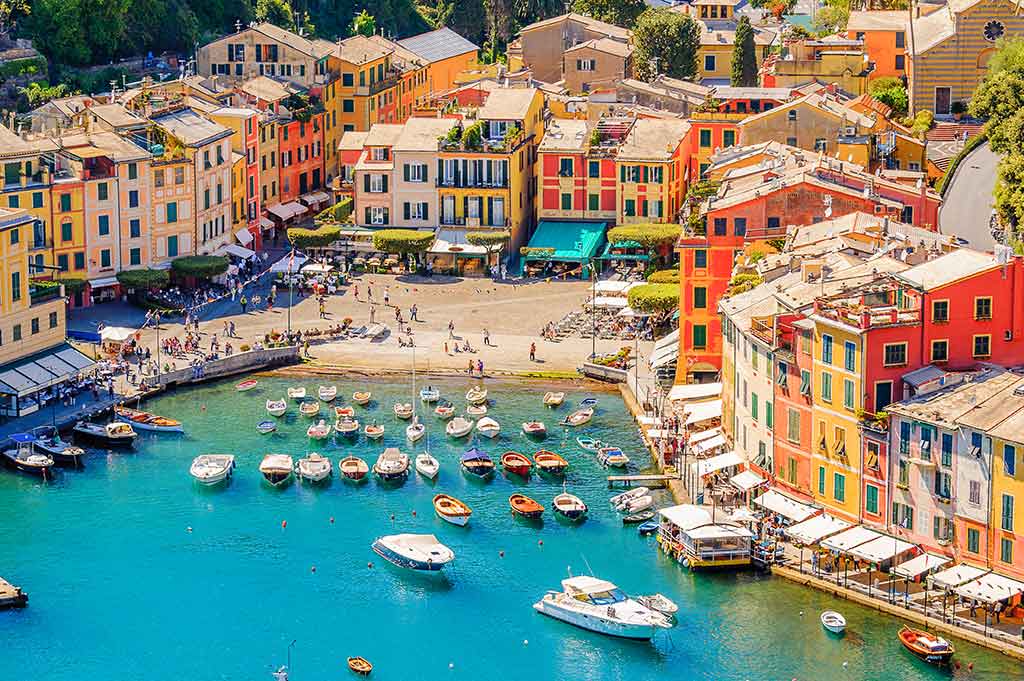Welcome to Liguria in
Italy, one of the most popular vacation destination in the world. If you’are
planning to visit Italy for your next trip and you are looking for the best
places to visit, here you’ll find tips and suggestions of most popular point of
interest and activities not to be missed. Find out what to see
in the main art cities such as Genoa and the core of the old city, the Cinque
Terre Monterosso, Vernazza, Corniglia, Manarola and Riomaggiore, La Spezia and
its port, what to do in a day trip to the sea or in the hinterland, which are the
most unusual Ligurian villages to visit. Whether you travel by motorbike or camper, or you
decide to visit Liguria in summer or winter, on a rainy or sunny day, whether
you have two or three days available, Visititaly always offers you the right
suggestions. to plan a trip. Travelers will
appreciate this italian region with his rich historical and artistic heritage,
local culture and environment. Discover the monuments, buildings, natural treasures
and all the details that characterize Liguria and its territory. Share and suggest a place you've visited.

Liguria, Portofino
Let's image a paintbrush reshaping an arc after diping it into an overturned painting board. What about the outcome?
A bright and multicoloured coast. Probably that's how nature and man came to an agreement with the making-up of a region where its landscape shows the colour of the sea in the background of sand beaches but also of rocky shores, where you pass from small villages of fishermen to major towns, a delightful spot for submarine world but also for who doesn't give up a walking tour through mediterranean nature or even a trekking route to the mountains.
The amazing point is the short distance to cover to pass from one activity to another. Genoa stays in the middle of this tour from west to east, between France and Tuscany. A lot of people run after the main town during the week-end to see its big acquarium but walking through its streets and carrugi you discover much greater history and culture. Via del Campo awakes the emotions of one song by De André, Doge's Palace gathers visitors' attention, Cristoforo Columbo's house makes children and older people curious and the visit to the Lantern takes them to discover how Genoa has expanded with time.
Every small and big Ligurian village has got its own history and attractions: here there are Sanremo with the Italian Song Festival and with its flowers, the Cinque Terre with its breathtaking landascapes above the sea and elegant villages as Portofino.
Places which are less known apparently don't slip from the most careful minds and so Bocca D'asse turns into one of the most requested sets for weddings. Moreover the flavour of Ligurian cooking, coming from fishermen's tradition and from local resources of spices and vineyard goes with the event with real class. A whole paintbrush to tell about Liguria and, in order to prevent us forgetting it, the sea kissing its coast mirrors all the colours: partners in crime are the houses of every village facing on the sea.
written by Chiara Guzzetti - Last update: 31/08/2021